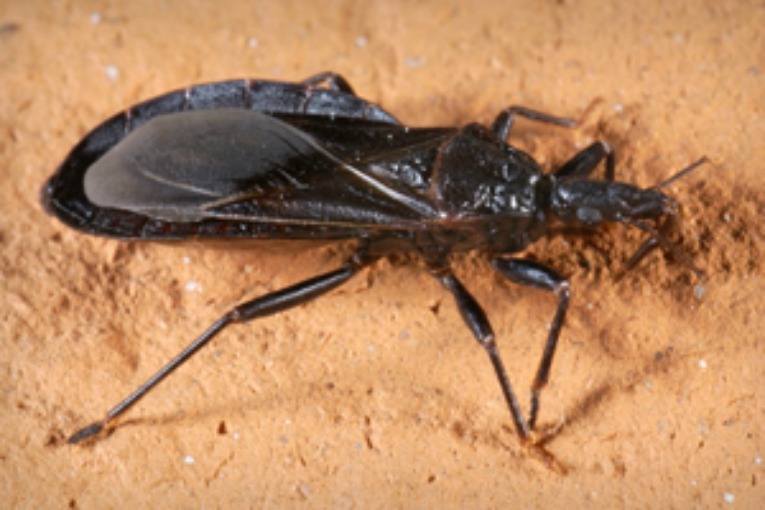According to the Centers for Disease Control and Prevention, the pest known as the “kissing bug” is in the United States, and various species have been reported in both Georgia and Alabama.
It is unclear to the CDC, however, how many reports there have been or where, according to the Atlanta Journal-Constitution.
Officially named the triatomine bug, it is a type of reduviid bug that carries a parasite called Trypanosoma cruzi that causes Chagas disease, states the CDC. The bug also comes in 11 different species. The bug is known as “kissing” bugs, assassin bugs, cone-nosed bugs, and blood suckers.
The “kissing bug,” which can carry a parasite in its feces that can cause a deadly disease. However, according to Dr. Susan Montgomery of the CDC, the bugs have been around Georgia since 1855 and there has never been a reported case of the disease via the bug in the state.
There are approximately 300,000 people in the U.S. who have been infected by the parasite, but the majority of them acquired Chagas in Latin America, where Chagas is endemic, according to the CDC. The CDC said it does not have enough data to estimate how frequently people in the U.S. are infected with Chagas from triatomine bugs.
The bugs have recently made headlines for popping up around the South, especially in Texas, where 12 people have reportedly been infected with the parasite.
They are called the “kissing bug” because they generally bite people on their faces and lips at night.
Transmission is tricky even if the bug is carrying the parasite (and not all of them are), according to the CDC: Fecal matter from the bug must be rubbed into a bite wound or a mucous membrane, such as the eye.
The bugs are typically found anywhere from under porches or cement, in animal burrows, chicken coops or even outdoor dog houses or kennels, according to the CDC. The bugs tend to defecate on or near a person while feeding, usually while the person sleeps.
To keep the insects away from your home, the CDC recommends the following precautions:
• Sealing cracks and gaps around windows, walls, roofs, and doors
• Removing wood, brush, and rock piles near your house
• Using screens on doors and windows and repairing any holes or tears
• If possible, making sure yard lights are not close to your house (lights can attract the bugs)
• Sealing holes and cracks leading to the attic, crawl spaces below the house, and to the outside
• Having pets sleep indoors, especially at night
• Keeping your house and any outdoor pet resting areas clean, in addition to periodically checking both areas for the presence of bugs
If you think you’ve found a triatomine bug, the CDC advises not to touch or squash the bug, but to place a container on top of it, slide the bug inside and fill it with rubbing alcohol.
If you do not have rubbing alcohol available, the CDC says to freeze the bug in the container before taking it to a local extension service or university laboratory.
For more information about the triatomine bug and precautions, read the full report from the CDC.
More News Here


















